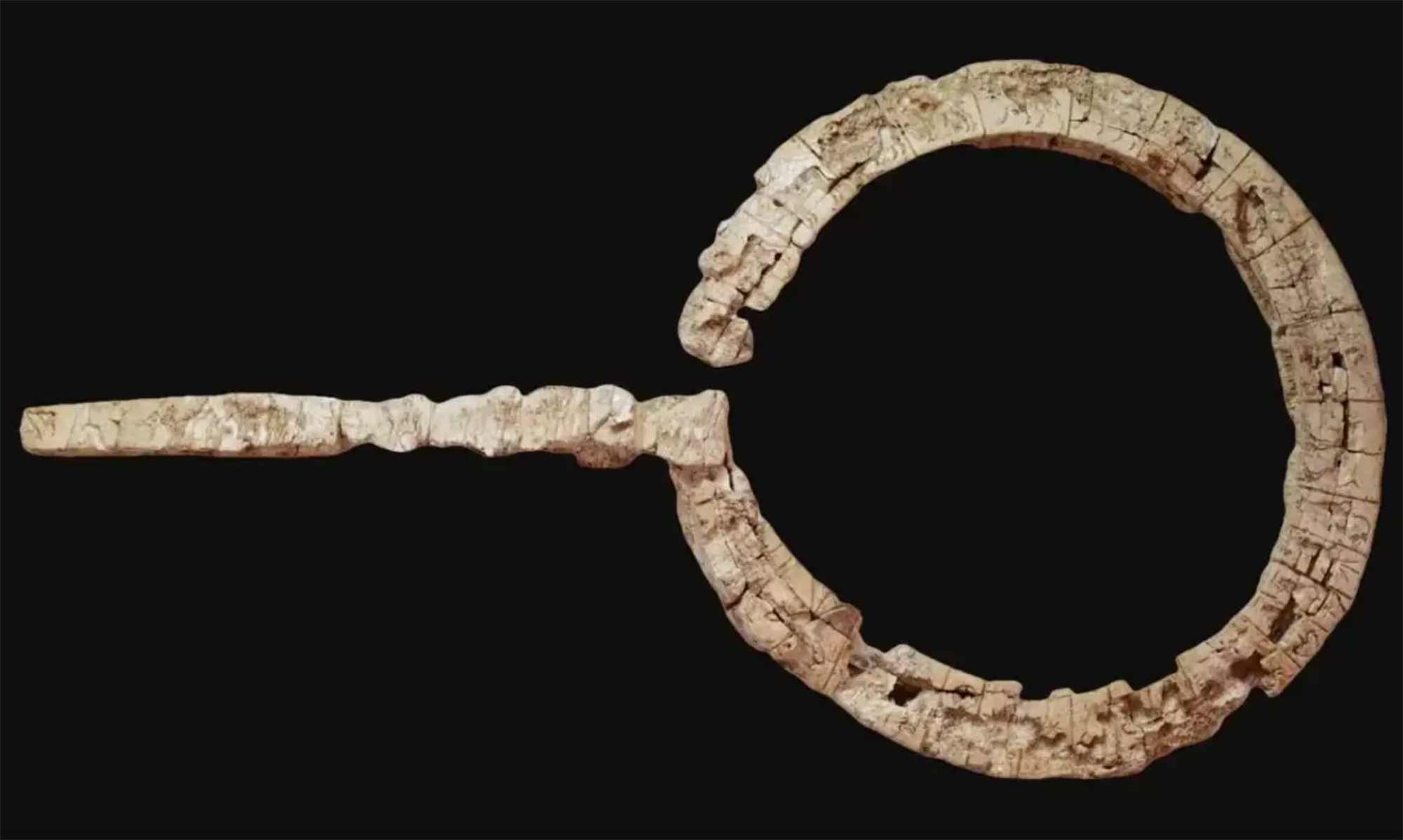Microbiology clarifies the journey of Hannibal through the Alps

In the 15th century a. In 218 the army of Hannibal carried out a great feat – and very strategically effective – across the Alps. But what journey did they make to save the saw? The embryologist Gavin de Beer (1899-1972) was the first to propose that the soldiers, horses and elephants of the Carthaginians used the Traversette pass (about 3,000 m).
The research team led by Bill Mahaney from the University of York in Toronto has now confirmed this doctoral thesis. At this time there has been a massive accumulation of human excrement near Traversette, caused by the Carthaginian cavalry. The excrements, of course, disappeared quickly, but they left a mark that microbiologists have been able to observe: clonstridia bacteria that live for thousands of years. “Specifically, in these bugs we have found a genetic mark of the era of pubic invasions,” as noted in the journal Archaeometry.
Linear A is a Minoan script used 4,800-4,500 years ago. Recently, in the famous Knossos Palace in Crete, a special ivory object has been discovered, which was probably used as a ceremonial scepter. The object has two inscriptions; one on the handle is shorter and, like most of... [+]
Eskultura grekoerromatarrek bere garaian zuten itxurak ez du zerikusirik gaurkoarekin. Erabilitako materiala ez zuten bistan uzten. Orain badakigu kolore biziz margotzen zituztela eta jantziak eta apaingarriak ere eransten zizkietela. Bada, Cecilie Brøns Harvard... [+]
Luxorren, Erregeen Haranetik gertu, hilobi garrantzitsu baten sarrera eta pasabide nagusia aurkitu zituzten 2022an. Orain, alabastrozko objektu batean Tutmosis II.aren kartutxoa topatu dute (irudian). Horrek esan nahi du hilobi hori XVIII. dinastiako faraoiarena... [+]
Poloniar ikerlari talde batek Sevillako Italica aztarnategiko Txorien Etxea aztertu du, eta eraikinaren zoruko mosaikoak erromatar garaiko hegazti-bilduma xeheena dela ondorioztatu du.
Txorien etxean 33 hegazti daude mosaikoetan xehetasun handiz irudikatuta. Beste... [+]
Judea, 2nd century AD. In the turbulent atmosphere of the Roman province, a trial was held against Gaddaliah and Saul, accused of fraud and tax evasion. The trial was reported on a 133-line paper in Greek (pictured). Thinking that it was a Nabataean document, the papyrus was... [+]
Researchers at Johns Hopkins University have discovered several cylinders with inscriptions at the present Syrian Reservoir, the Tell Umm-el Marra. Experts believe that the signs written in these pieces of clay can be alphabetical.
In the 15th century a. The cylinders have... [+]
A group of interdisciplinary researchers from the Free University of Berlin and the Zuse Institute have developed a complex mathematical model to better understand how Romanization spread in North Africa.
According to a study published in the journal Plos One, the model has... [+]
Although it was thought that in most of the cities of the Roman Empire there were jails, little remains have been found of the prisons of the time in the fields.
Recently, however, the archaeologist at the University of Copenhagen, Matthew Larsen, has identified the Roman... [+]
The TRAILER of the film Gladiator II, which will be released in the autumn, already shows in less than three minutes an error or a historical license.
Ridley Scott's film celebrates a naumaki or naval battle at the Colosseum. The expensive show was held three times in the Roman... [+]
Rome, towards the year 100 d. C. The poet Juvenal received the X. In Satira: “For a long time, particularly since we have to sell the vote, this people has lost interest in politics. Before, the head, the lots, the legions and, after all, they gave it all, but now they let it... [+]
Gulf of Ambracia (Ionian Sea). In the 15th century a. 2 September 31. The Romans achieved victory in the naval battle of Accio and ensured control over Egypt. Therefore, the Greek hegemony in the Mediterranean is concluded on that date, but the Hellenic influence has remained so... [+]
This winter the archaeologists of the INRAP (National Institute of Preventive Archaeological Research) have found a special necropolis in the historic centre of Auxerre (French State), a Roman cemetery for newborn babies or stillbirths. - Oh, good! The necropolis used between... [+]























